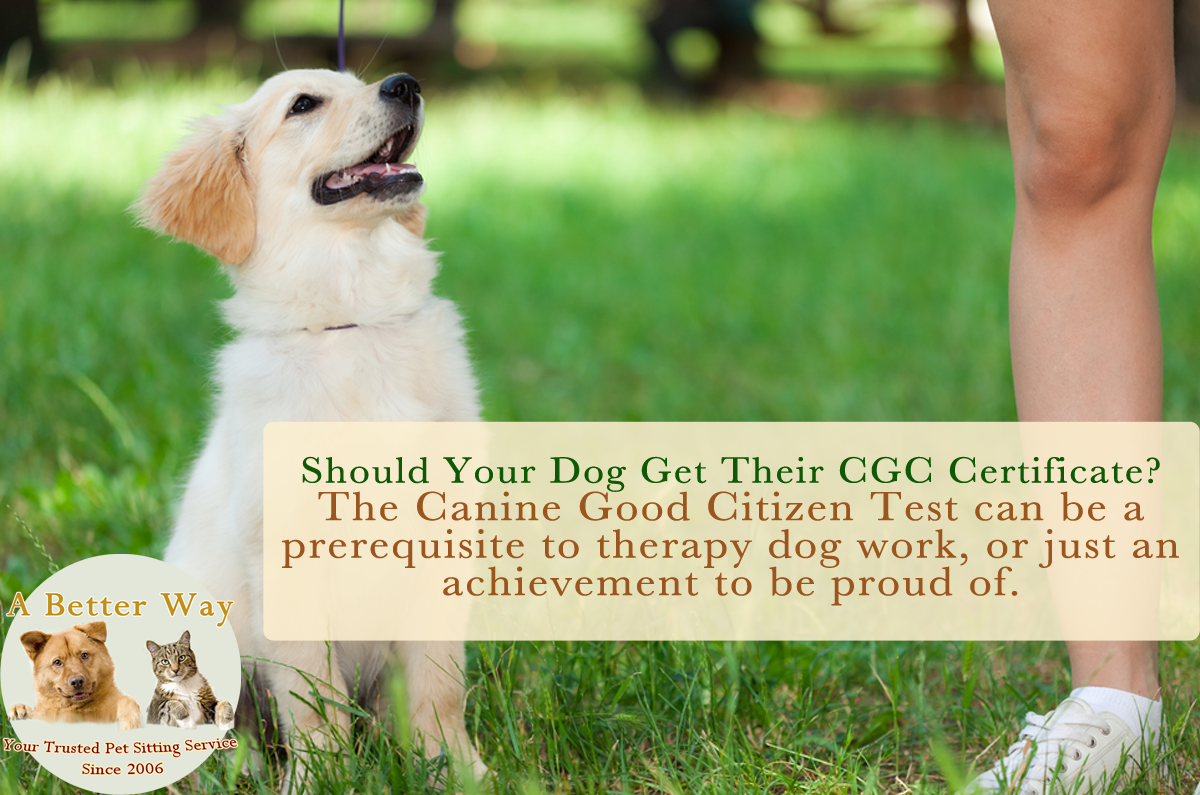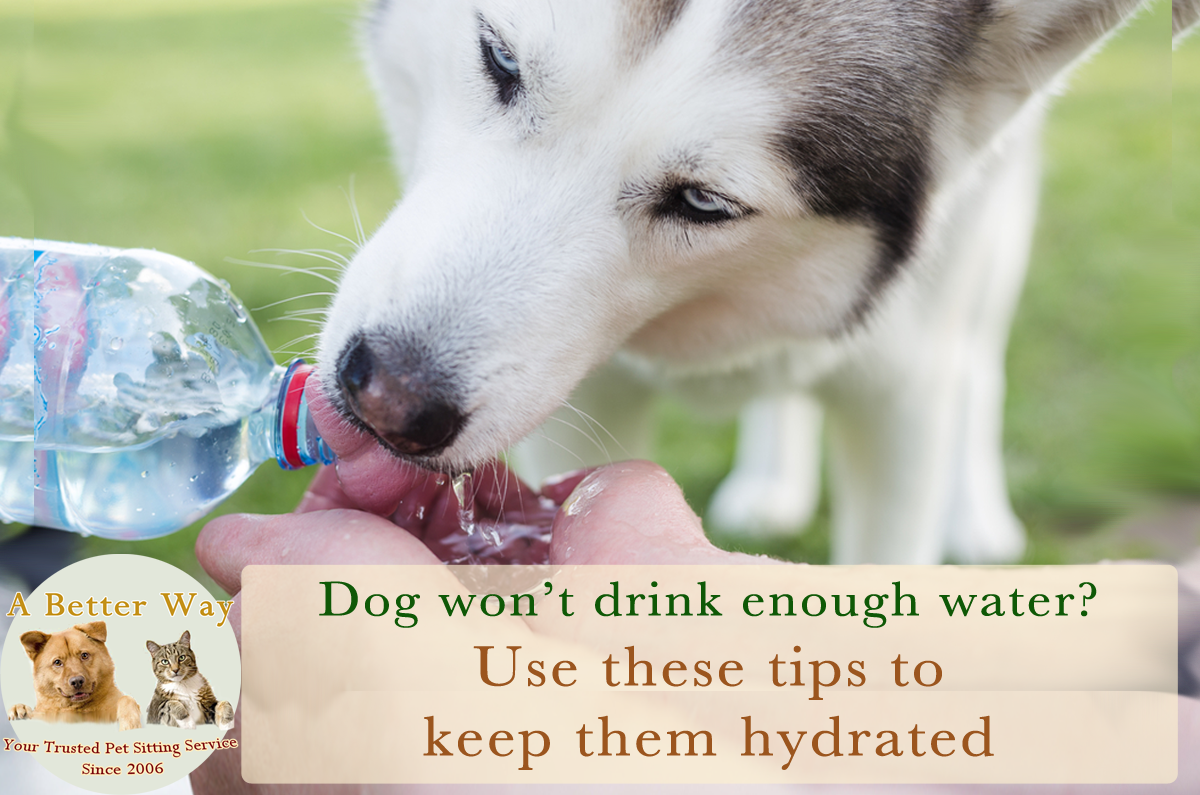As Thanksgiving approaches, you might be spending more time in the kitchen trying new and traditional recipes. Seasonal foods are already showing up on grocery store shelves, some of them make healthy treats that you can share with your dog during the holidays.
Important: Don’t introduce all of these flavors to your dog at once!
Pumpkin
Veterinarians often recommend pure canned pumpkin to help ease diarrhea and constipation in dogs. You can add up to a teaspoon per ten pounds of your dog’s weight in each of their meals to support their digestive health.
Pure canned pumpkin is safe for dogs to enjoy – avoid “pumpkin pie mix” which usually comes in a larger can and contains sugar and spices.
You can also use pumpkin as an ingredient in homemade dog treats. Combine pumpkin with a small amount of coconut oil, cinnamon, white flour (or a grain-free flour like tapioca flour,) a small amount of honey. If you want light, puffy treats, add baking powder. Never use raisins or chocolate, both are lethally toxic to dogs.
If you’d prefer to use a recipe, try homemade pumpkin oatmeal treats or pumpkin carrot pupcakes.
For an even easier treat, freeze pure pumpkin in silicone ice cube molds to make frozen treats. You can combine the pumpkin with banana, peanut butter or pureed leafy greens like kale or spinach.
Turkey
Every dog drools over the family’s Thanksgiving turkey – it’s just part of the tradition!
The skin and fatty parts of the turkey are not healthy for dogs. Thanksgiving leads to an uptick in veterinary visits for acute pancreatitis.
Only give your dog white meat from the turkey, never skin or fat.
Never give your dog cooked turkey bones to chew on. Once cooked, turkey bones (along with chicken, and all types of bones) because hard and splintery. Cooked bones can cause internal bleeding.
Raw bones are soft and safe for your dog to eat, but can cause stomach upset if your dog is not normally raw fed. Raw turkey necks and giblets that come with the turkey are safe for your dog to enjoy, but should be given with caution if your dog never eats bones or organs. Too much organ meat can cause diarrhea, so only offer small amounts. Your dog can choke on raw bones if they gulp them down without chewing, and too much bone can cause constipation.
Cooked, boneless turkey meat can also be blended and added to baked or frozen dog treats.
Green Beans
Green beans are a healthy treat for your dog to enjoy year-round. Given raw or lightly steamed, they’re fibrous and low in fat, often used as a filler to help overweight dogs feel full when they’re on a diet.
Fall Flavors To NOT Give Your Dog
Onions and garlic are toxic to dogs, so you should never give your dog any food that may contain either. To be on the safe side, don’t give them seasoned foods at all.
While cranberries are safe for dogs, they’re too bitter for most dogs to enjoy them. Dried cranberries can be baked into dog treats as a healthy addition if they do not contain much sugar. Cranberry sauce is usually too sugary for dogs.
Ham is usually cured; it’s too fatty and salty for dogs. One bite won’t hurt your pup, but it’s better to stick to healthier options.
Keep in touch for more dog care tips from A Better Way Pet Sitting. Like us on Facebook so you won’t miss our updates!





